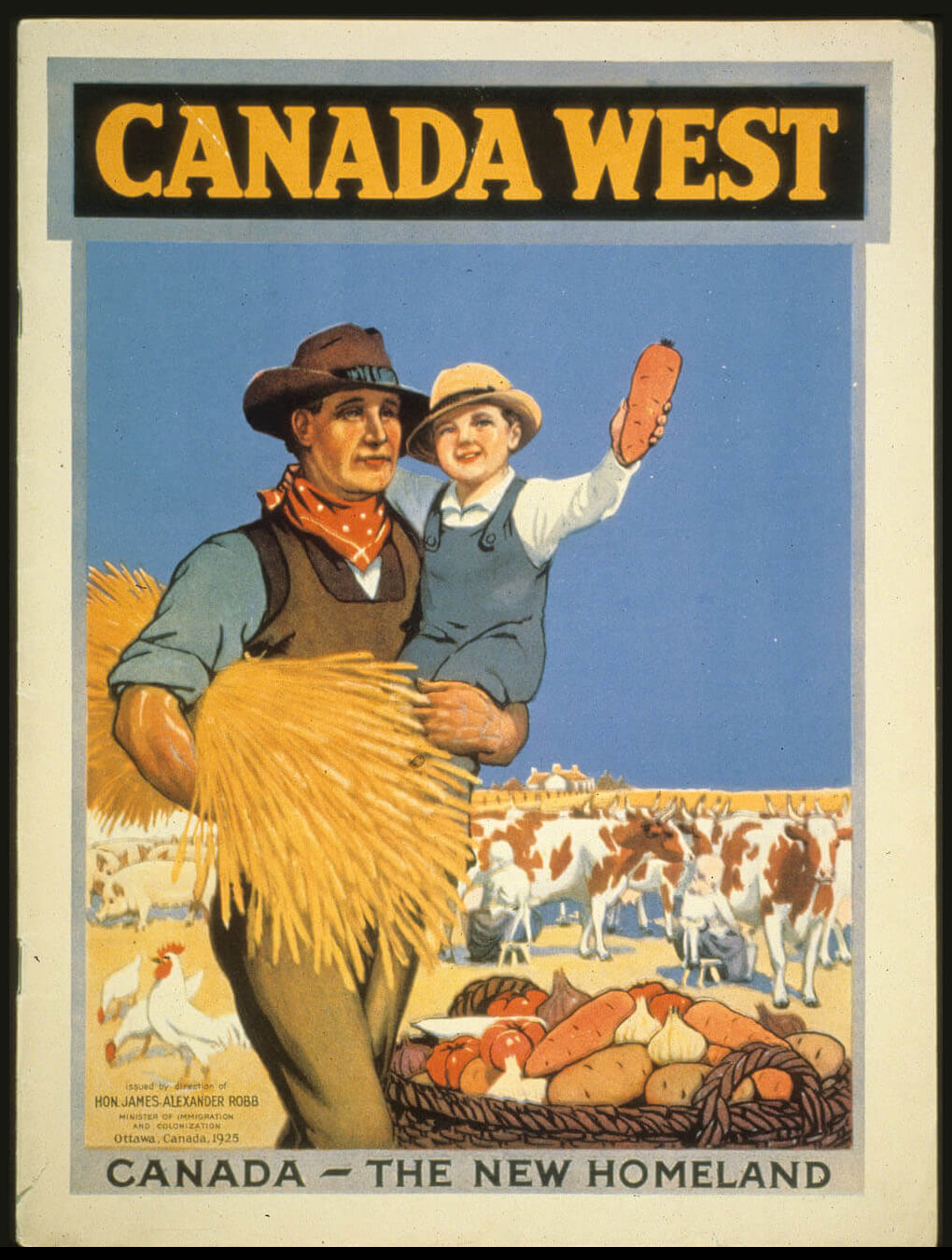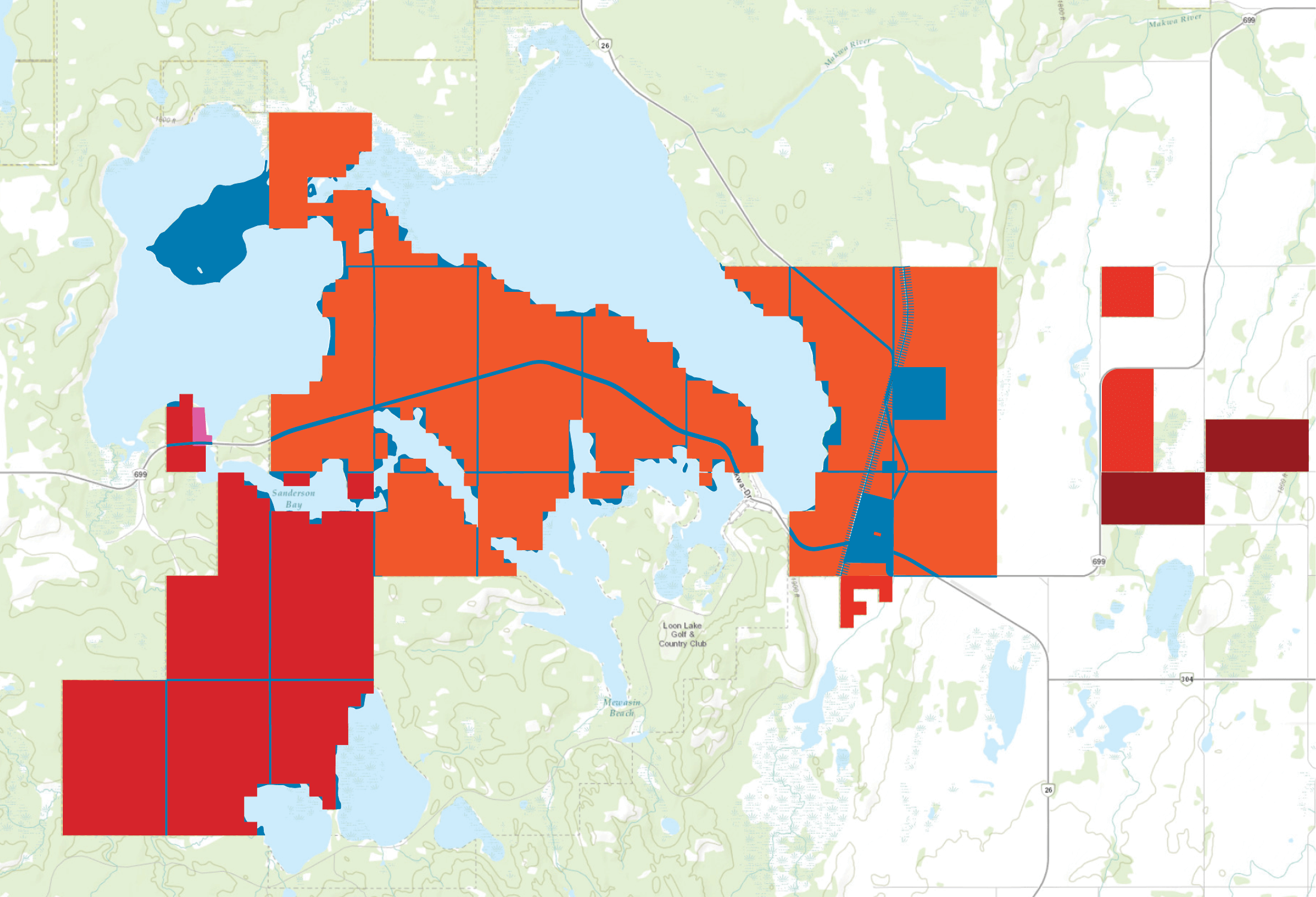Stolen Lands

Canada’s propaganda.
Even the land surrounding our reserves is a story of Stolen Lands.
Even though Treaty 6 promised we would be able to live our lives like we aways had outside of our reserve lands, Canada started “taking up” lands they said belonged to the Crown. We know these areas were always part of our traditional territory, and our area protected by Treaty 6. Our grandfathers and grandmothers lived in these areas and had homes in these areas. We found out quickly the promises made in Treaty 6 about land were not true.
They Took Peepeekoot Crossing.
In 1948, a squatter in Loon Lake asked Canada to re-name Peepeekoot Crossing as “Steele Narrows” and designate it as a historic site in honor of the moniyawak who killed and imprisoned Cree people in 1885.
Canada did as he asked and did not consult us until they decided they wanted to take more of our reserve land.
Even though Canada already had the land on the east side of the narrows, in 1955 they decided they wanted the land to the west as well. Canada said:
“It should be possible to obtain the required land without any difficulty, from the Indian Department.”
Canada tried to pressure the Band to surrender the land in 1962, but we refused. In 1965, after several years of placing pressure on Makwa Sahgaiehcan to surrender the land, Canada took this land and gave us the “F” shaped parcel in exchange.
In June 1968, the Government of Canada held a celebration to mark Steele Narrows as a National Historic Site, where children re-enacted the 1885 killing of Nehiyawak.

They took places that were always ours.
Makwa Lake Provincial Park was created in 1986, but even before that Saskatchewan made it a recreation site. The white settlers made campgrounds there and restricted access to the Park, and cut us off from a place that was our home for generations.
The Loon Lake Golf Course and Country Club was created in the 1980s and was built in Makwa Lake Provincial Park.
Many Makwa Sahgaiehcan people have memories of living in the area of the golf course with their grandparents. We are no longer able to go there without permission, or a park pass. When we do visit, we face discrimination.

Makwa Sahgaiehcan people were not asked whether we wanted the land surrounding our reserves to be part of a provincial park. We were not asked if we wanted our access to Makwa Lake or our other lakes cut off.
The Government of Saskatchewan said these areas were designated as provincial parks to give the lands protection, so the public could continue to visit and enjoy them for future generations.
The creation of the parks did the opposite for Makwa Sahgaiehcan people. We can no longer use the lands the way we always had. We now need to pay for a park pass to enter. Depending on who you ask, park representatives give different answers to whether we can gather berries and medicine inside the park without a pass. Park representatives might say you have to pay to even enter the park.
Even though our reserve and our homes are right next door, we seem to be invisible.

Town of Loon Lake Map — without MSFN
